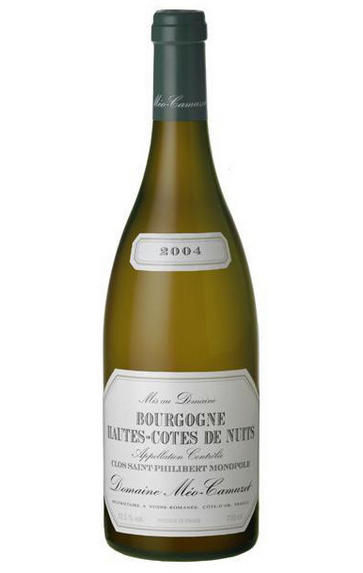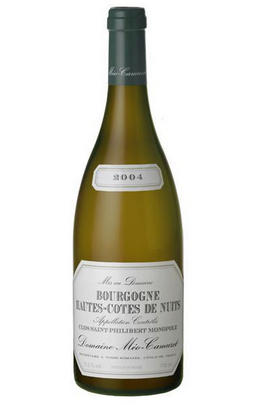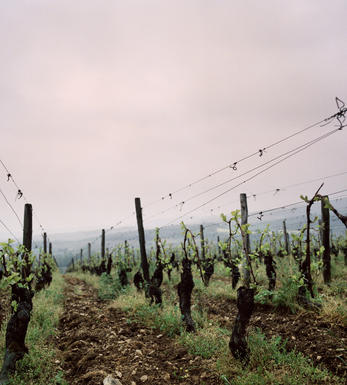
2019 Bourgogne Hautes-Côtes de Nuits Blanc, Clos Saint-Philibert, Domaine Méo-Camuzet, Burgundy

About this WINE

Meo-Camuzet
Méo-Camuzet is one of the most renowned estates in Burgundy today. Until 1988, its holdings were leased out to other vignerons who share-cropped the land; much of the wine was sold in bulk.
Jean-Nicolas Méo’s arrival at the domaine in ’89 signalled a change in direction at the property, with more wines being estate-bottled. Since 2007, everything has been kept by the domaine.
Méo-Camuzet has Grands Crus sites along with of some of the finest Premier Cru vineyards of Nuits-St-Georges and Vosne-Romanée.
In addition to these wonderful holdings, Jean-Nicolas has established a high-quality négociant business – Méo-Camuzet Frère & Soeurs – buying fruit from trusted growers across the Côte. Vineyard work is overseen by the team at Méo-Camuzet; the wines are of the same excellent quality as those of the domaine.

Bourgogne
Bourgogne is of course the original French name of the region that we know as Burgundy, and here the term is used to describe the Bourgogne Appellation, a wide-reaching classification that covers the generic wines produced across the length and breadth of Burgundy that are not represented under area-specific AOCs.
Wines produced under the AOC Bourgogne make up around 53% of Burgundy’s output, across the fields of red, white and rosé. Among these there are several other smaller classifications, some simple such as Bourgogne Rouge (generic red Burgundy), others more specific or unusual, such as Bourgogne Passetoutgrains.
Most of these wines represent quite a standard level of quality due to their generic nature, but as with all wine, a combination of the right conditions and careful management by the producer can result in some generic wines surpassing the standards of a poorly-organised Grand Cru.
These wines tend to be simpler offerings; best enjoyed within 3 or so years, and are very reasonably priced compared to their higher-end counterparts. There is a huge variety of wines available: approximately 24 million bottles are produced in over 380 villages across Burgundy each year, and subsequently the range of wine styles is vast, however the usual Burgundy rules apply of reds being comprised of Pinot Noir, and whites from Chardonnay.

Chardonnay
Chardonnay is often seen as the king of white wine grapes and one of the most widely planted in the world It is suited to a wide variety of soils, though it excels in soils with a high limestone content as found in Champagne, Chablis, and the Côte D`Or.
Burgundy is Chardonnay's spiritual home and the best White Burgundies are dry, rich, honeyed wines with marvellous poise, elegance and balance. They are unquestionably the finest dry white wines in the world. Chardonnay plays a crucial role in the Champagne blend, providing structure and finesse, and is the sole grape in Blanc de Blancs.
It is quantitatively important in California and Australia, is widely planted in Chile and South Africa, and is the second most widely planted grape in New Zealand. In warm climates Chardonnay has a tendency to develop very high sugar levels during the final stages of ripening and this can occur at the expense of acidity. Late picking is a common problem and can result in blowsy and flabby wines that lack structure and definition.
Recently in the New World, we have seen a move towards more elegant, better- balanced and less oak-driven Chardonnays, and this is to be welcomed.


Buying options
Add to wishlist
Description
Jean-Nicolas created this vineyard in 1989 from poor, stony ground atop the hill, behind the trees above Echezeaux. Around 5-10% is planted to Pinot Blanc; as the Chardonnay is particularly low yielding, the proportion in the wine is a little higher. There’s surprising weight and power, but it retains the fine, tight lines of freshness one expects. Drink 2021-2026.
wine at a glance
Delivery and quality guarantee